Bhutan’s High-Value, Low-Volume Tourism Model
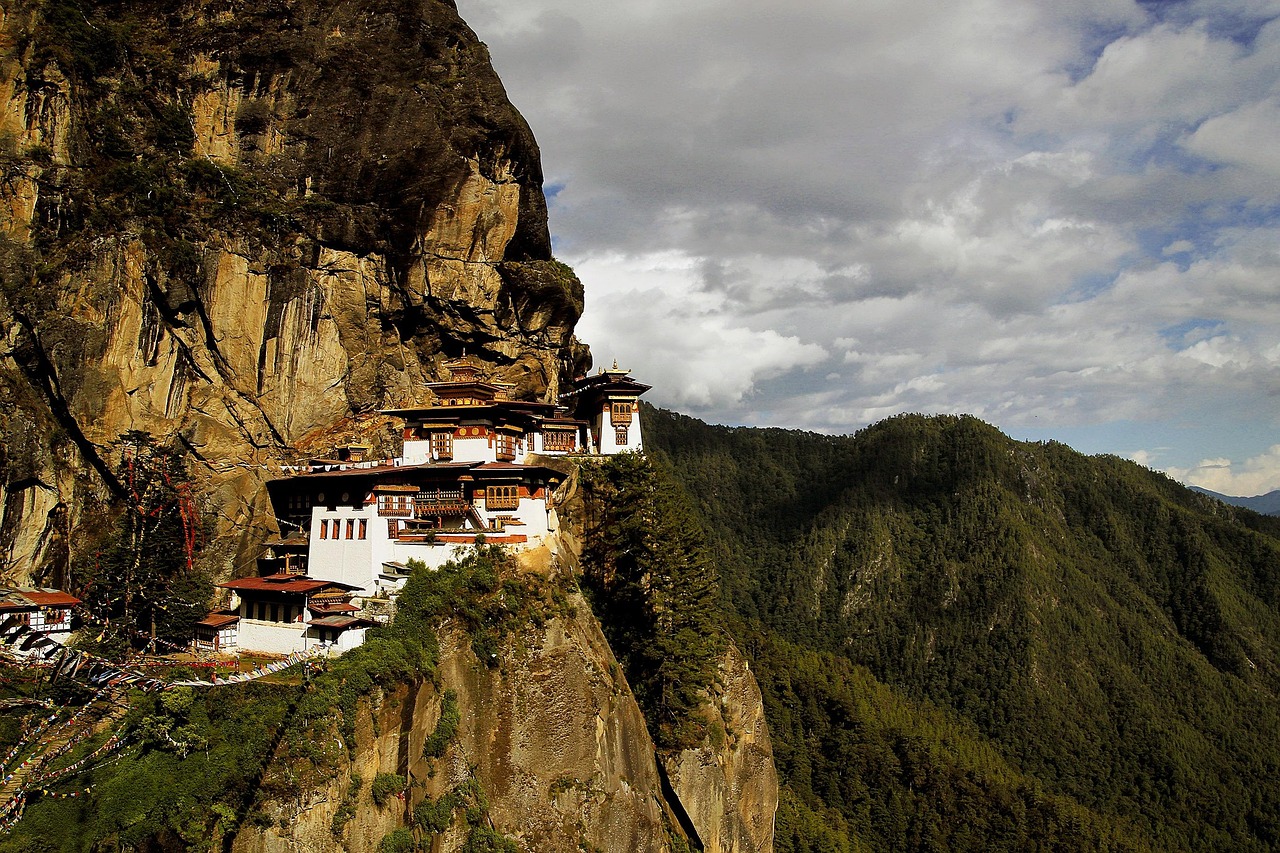
Bhutan stands out as a country that has tightly controlled tourist access for years, but in 2025, it’s taking things even further. The government has doubled down on its “High-Value, Low-Volume” model, charging tourists a Sustainable Development Fee of $250 per day. This fee covers accommodation, food, transportation, and a guide, but it’s a clear barrier for mass tourism. Officials say the number of annual visitors dropped by over 40% after the increase, helping Bhutan preserve its pristine landscapes and unique culture. Authorities insist this strategy boosts the economy in a way that doesn’t overwhelm local life. Bhutan’s success has inspired countries like Palau and Timor-Leste to consider similar models. The country’s strict approach aims to ensure that tourism doesn’t disrupt the happiness and well-being of its citizens. This move is widely discussed at global tourism forums as a blueprint for sustainable travel.
Venice’s New Tourist Quota and Reservation System
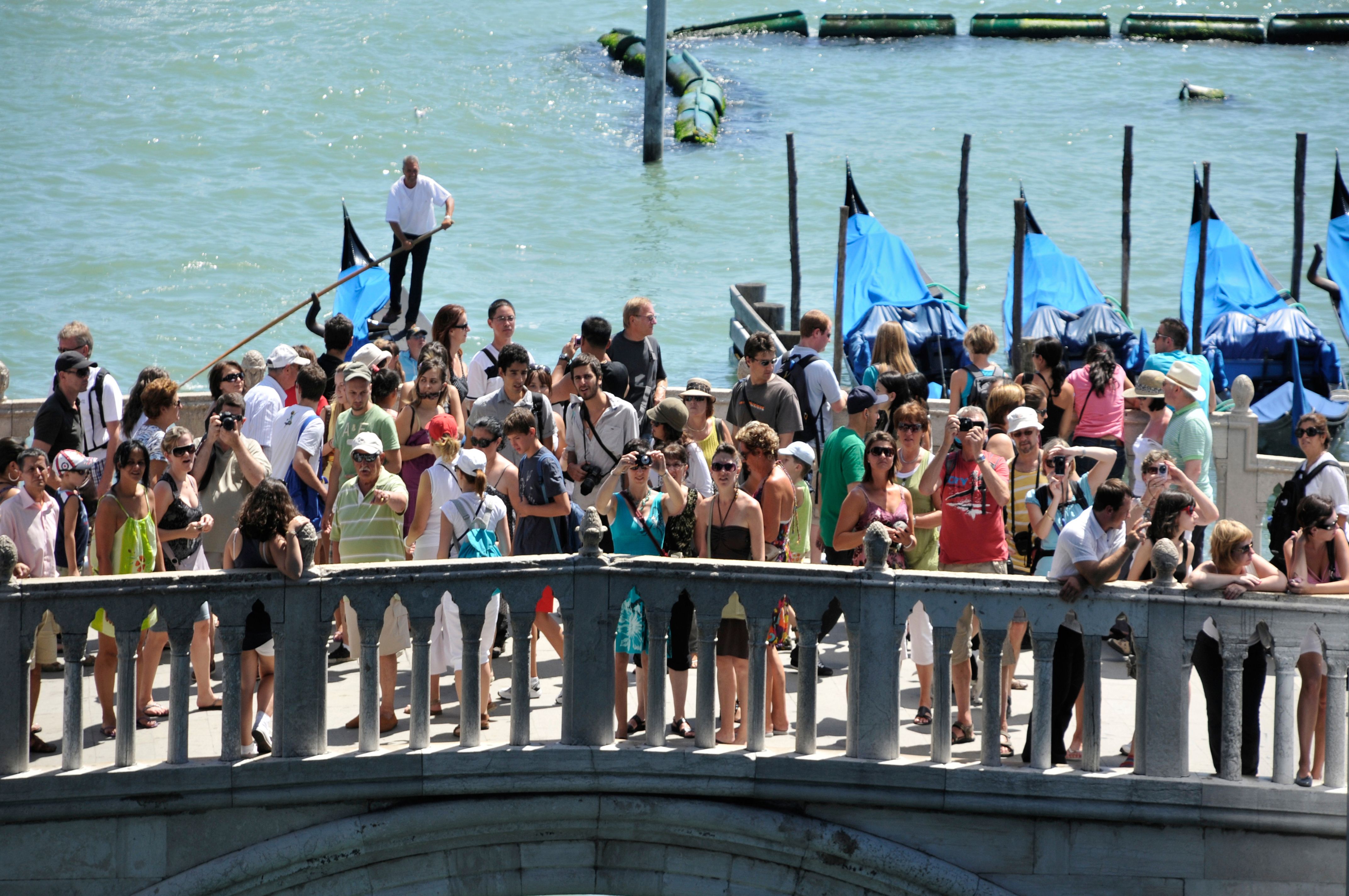
Venice has been at the center of the overtourism debate for years, but in 2025, the city finally introduced a reservation system for day-trippers. Tourists must now pay a five-euro entry fee and book their visits in advance to enter the historic city center. This policy came after Venice recorded over 33 million visitors in 2024, far outnumbering its local population of about 50,000. The city council has also started limiting cruise ship arrivals, reducing daily tourist flows by almost 20%. Officials claim these measures are crucial to protect Venice’s fragile buildings and canals from further erosion. Local campaigners have pushed for even stricter limits, citing rising rents and loss of traditional shops. The new approach has divided residents, with some welcoming quieter streets while others lament lost business. Venice is now seen as a test case for other crowded European destinations.
The Maldives’ Battle Against Environmental Degradation
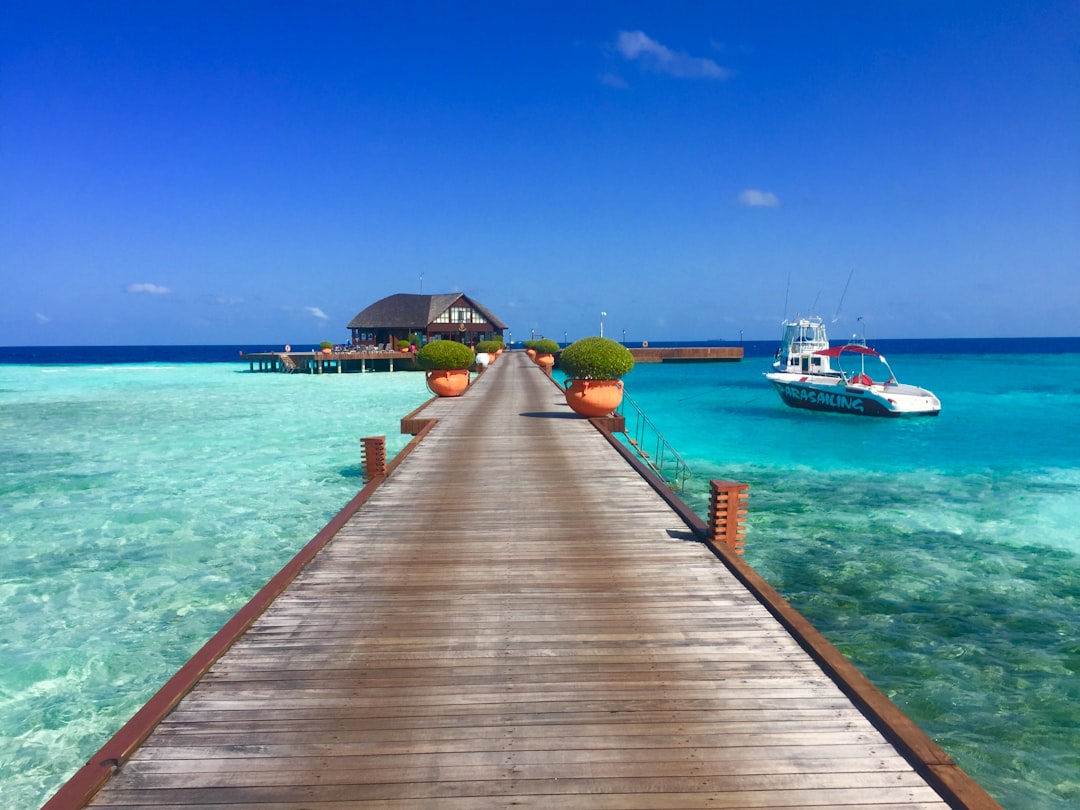
The Maldives, famous for its luxury resorts and turquoise waters, is now struggling with the downsides of its own popularity. In 2025, the government announced new caps on resort construction and visitor numbers for certain islands. This comes after studies showed that some islands were suffering coral bleaching, waste buildup, and water shortages tied directly to tourist activity. The Ministry of Tourism reported that in 2024, the Maldives welcomed 1.9 million tourists, nearly four times its resident population. New regulations require resorts to invest in renewable energy and stricter waste management to keep their licenses. The authorities are also promoting eco-tourism packages to attract visitors who care about sustainability. Local communities are becoming more involved in decision-making, pushing for limits to protect fishing grounds and beaches. The Maldives’ approach is closely watched by other island nations facing similar threats.
New Zealand’s Visitor Levy and National Park Caps
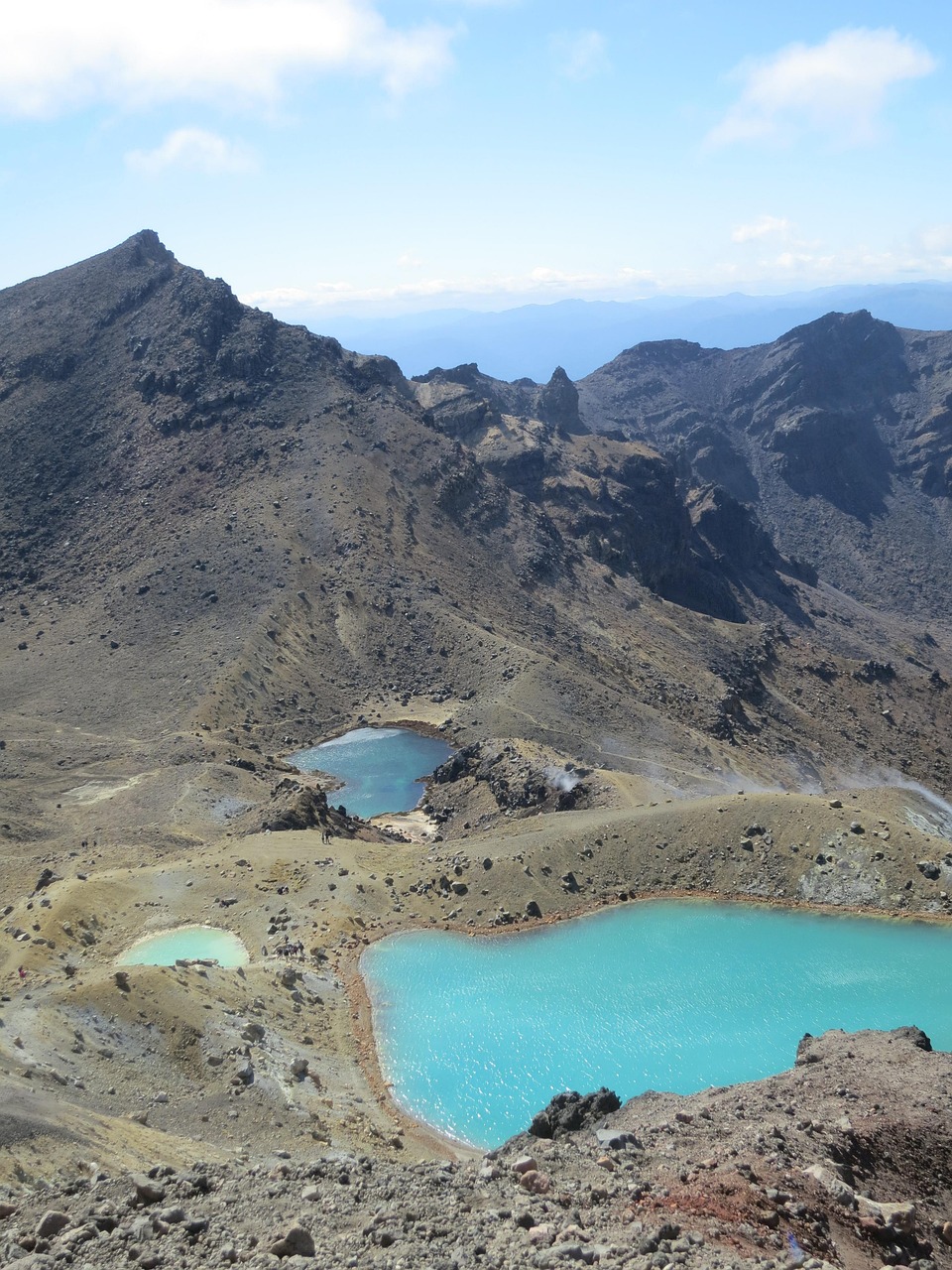
New Zealand has long promoted its natural beauty, but the influx of visitors has put immense pressure on its famous landscapes. In 2025, the government raised its International Visitor Conservation and Tourism Levy to $70 per traveler. The funds collected are used for conservation, infrastructure, and managing visitor numbers in places like Fiordland and Tongariro National Parks. For some sites, daily visitor caps have been introduced, with bookings required months in advance. Officials state that the number of freedom campers has been cut by 30% since stricter rules were enforced. Local Māori communities are being given a bigger say in how tourism is managed, ensuring cultural sites aren’t overrun. The country’s Department of Conservation reports better wildlife recovery and less litter in national parks since the changes. New Zealand’s strategy is often held up as a model for balancing tourism and nature.
Japan’s Crackdown on Overtourism in Kyoto

Japan’s ancient city of Kyoto has become overwhelmed by record numbers of tourists, with 2024 bringing over 54 million annual visitors to the Kansai region. In 2025, city officials introduced a limit on the number of tour buses and restricted entry to certain districts during peak seasons. The famous Gion district, known for its geisha culture, now bars tour groups during the evenings to preserve local traditions. New “quiet hours” have been set in popular temples, and fines for disruptive behavior have tripled. Authorities also launched an English-language app to steer tourists toward less crowded neighborhoods. Many locals have praised these efforts, saying they finally feel a return to normal life. Kyoto’s mayor stated that the goal is not to “ban” tourists but to protect the city’s soul. Other Japanese cities like Kamakura and Nara are considering similar restrictions.
Barcelona’s Push for Limits in the Gothic Quarter

Barcelona, one of Europe’s most visited cities, is taking bold steps in 2025 to control tourism in its historic core. The city council has capped the number of hotel licenses and banned the opening of new short-term rentals in the Gothic Quarter. Officials say these moves are necessary after a 15% surge in tourist arrivals last year, which strained public services and raised rents. Guided tours now require special permits, and visitor groups are limited to 15 people. Many residents have formed grassroots organizations demanding even tougher measures. The city is also investing in promoting new, less-visited neighborhoods to spread out visitor numbers. Local leaders admit these changes are controversial but stress the need to “keep Barcelona livable.” The debate in Barcelona is echoed in other Spanish cities like Palma and San Sebastián, where similar discussions are underway.
Australia’s Reef Protection and Tourist Controls

Australia’s iconic Great Barrier Reef has suffered from coral bleaching and pollution, prompting the government to rethink tourism policy. In 2025, new restrictions mean only a set number of boats can visit certain reef zones each day. The Queensland Parks and Wildlife Service reports that these caps have reduced damage to sensitive coral areas by 25%. Tour operators are now required to meet stricter environmental standards and provide educational briefings to all visitors. Drone surveillance helps enforce the new rules and prevent illegal mooring. The government has launched a campaign encouraging tourists to visit lesser-known reefs to distribute the environmental impact. Some local businesses say the changes have hurt profits, but environmental groups insist they’re vital for the reef’s survival. This approach is being considered for other Australian natural wonders, including Kakadu National Park.
Iceland’s Efforts to Protect Fragile Landscapes

Iceland has experienced an explosion in tourism over the past decade, welcoming 2.4 million visitors in 2024, nearly seven times its population. In 2025, the government introduced seasonal closures for some of its most vulnerable sites, like Fjaðrárgljúfur canyon and the popular Diamond Beach. The Environment Agency of Iceland now monitors foot traffic in real time using sensors and drones. Entry fees have increased at several spots, and group sizes are strictly limited. Authorities say these measures have helped reduce soil erosion and vegetation damage by 40%. Local guides are being trained to educate visitors about responsible behavior. The tourism board is also promoting new routes to take pressure off the Golden Circle. Iceland’s adaptive approach is seen as necessary to prevent irreversible harm to its unique environment.
Greece’s Restrictions at Ancient Monuments
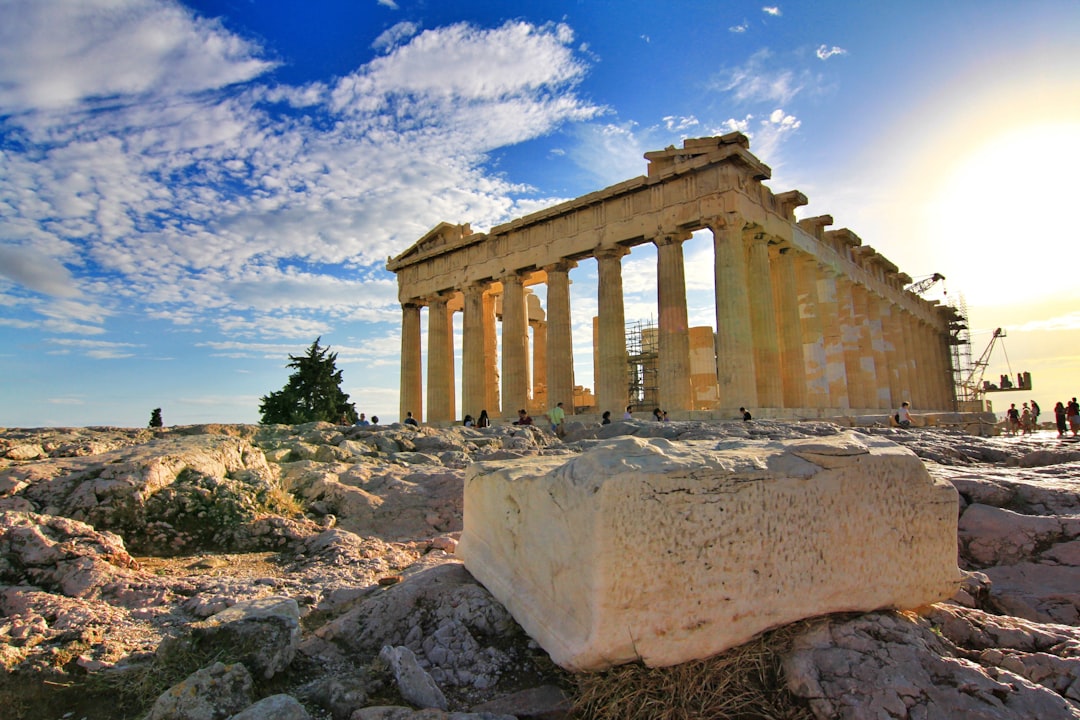
Greece’s ancient sites, especially the Acropolis in Athens, have been under strain from ever-growing crowds. In 2025, the Greek Ministry of Culture announced a daily cap of 20,000 visitors for the Acropolis, down from previous highs of 25,000. Timed entry slots are now required, and ticket prices have been raised during peak months. The ministry reports that this has reduced wait times and allowed for better preservation work on the Parthenon. Guides are being trained to move groups more efficiently and minimize congestion. Local businesses near the site worry about losing customers, but archaeologists insist the changes are needed to protect the monument. Other sites like Knossos in Crete are also trialing similar restrictions. The Greek government says these steps are essential for keeping heritage sites safe for future generations.
Hawaii’s Visitor Limits and Reservation Requirements

Hawaii is famous for its stunning beaches and volcanoes, but the islands are feeling the pressure of too many visitors. In 2025, state authorities have expanded reservation systems for popular parks like Diamond Head, Hanauma Bay, and Haena State Park. Daily visitor quotas have been set for these sites, and tourists must book entry online in advance. The Hawaii Tourism Authority reports that these measures have led to a 20% reduction in overcrowding and a noticeable recovery in local wildlife. Parking fees and shuttle systems are being used to further control access. Many residents say these changes have improved their quality of life and eased traffic. The government is also promoting cultural education programs for visitors. Other U.S. states with natural attractions, like Utah and California, are watching Hawaii’s experience closely.
Switzerland’s Alpine Village Capacity Controls

Switzerland’s picturesque alpine villages, such as Zermatt and Grindelwald, are implementing new capacity controls to manage booming tourist numbers in 2025. Local councils have begun to limit daily visitors, especially during ski season and summer hiking peaks. The Swiss tourism board says these measures are essential after a 30% increase in arrivals last year, fueled by social media. Electronic counters at trailheads and cable cars now help enforce the limits. Hotels and restaurants are collaborating to stagger bookings and reduce pressure on small towns. Environmental groups report less litter and noise pollution since the changes. Local residents are supportive, noting less crowding and a return to traditional village life. Switzerland’s careful approach is attracting attention from other mountain destinations.
The Role of Technology in Managing Crowds

Around the world, countries are turning to technology to help control tourist numbers and limit the negative effects of overcrowding. Smart ticketing systems, real-time crowd monitoring, and AI-powered analytics are used in places like Singapore and Norway to predict visitor surges. Mobile apps now warn tourists when sites are too crowded and suggest alternative destinations. Authorities can use digital data to close areas temporarily or redirect traffic. In 2025, more destinations are experimenting with facial recognition and QR code entry to track entry and exit. These tools help governments respond quickly to safety or environmental concerns. Some privacy advocates raise concerns, but most travelers appreciate the smoother experience. Technology is becoming a key part of the toolkit for sustainable tourism management.
